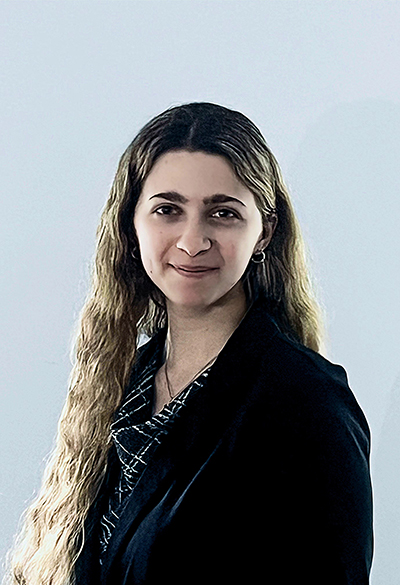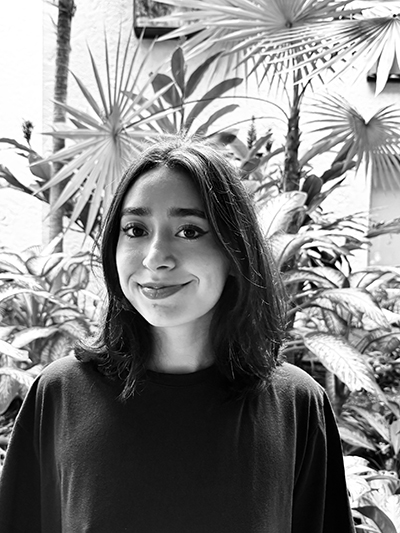Academic essay winner: Gavriella Cohen

Winning submission: “Jewish Particularity and French Culpability in The Last of the Just”
Gavriella explains the essay:
My topic, developed in Dr. Zachmann’s class on Holocaust Memory in France, is André Schwarz-Bart’s remarkable post-war novel, The Last of the Just (1959). I dissect the novel’s use of textual structures and tools in presenting the experiences of the titular Ernie Levy within a variety of broader narrative frameworks (national, familial, religious, etc.). I am especially interested in how the novel seeks addresses the emerging postwar divide between the individual personal narratives of many European Jews – French Jews in particular – and the more whitewashed narrative France sought to cement into its postwar national mythology as it reckoned with Vichy-era actions towards its Jews.
Research paper winner: Aitana Sofia Ortega

Winning submission: “Lou Albert-Lassard: Artist, Witness, and Resistor”
Aitana explains the paper:
Research on resistance in occupied France focuses primarily on those on the front lines. It largely excludes roles of women and particularly artists. Lou Albert “Mabull” Lasard was among the first to witness the horrors of World War II in France. My research paper examines her artistic production in the Gurs internment camp. Like many Jewish artists of the Montparnasse neighborhood of Paris, Lasard was arrested. Unlike many, she defied her circumstances and created art in the face of deportation. Lasard produced scenes of women’s rituals, landscapes of Gurs, and portraits of internees, often emphasizing barbed wire fencing. I explore how Lasard innovated with materials and production, and I demonstrate how her work engages with her imprisonment and the political climate. By analyzing Lasard’s artworks along with camp archives, survivor testimonies, and official records, this project contributes to a broader understanding of the role of women and the arts during World War II. It shows how these neglected traces, artifacts, and archives of the internment experience are among the earliest testimonies of documentation and resistance, offering insight into the concentrationary universe and the artists within.